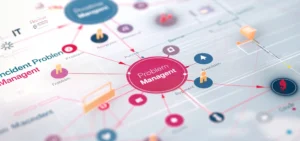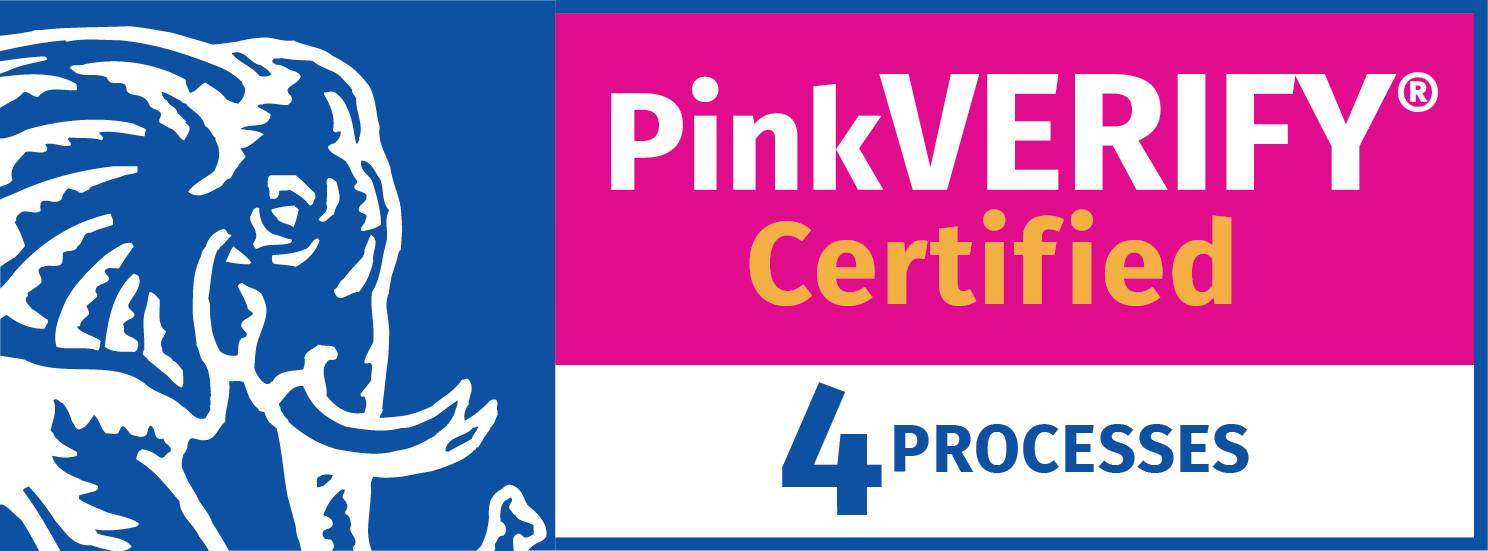The IT self-service portal has long been sold as the solution to many of the corporate IT organization’s woes – with it providing “better, faster, cheaper” IT service and support capabilities. However, this improvement is only possible when the new IT self-service capabilities are delivered correctly. So while the organizational adoption levels for IT self-service are high, some organizations might have issues with employee adoption and, without sufficient employee adoption, this makes it difficult to reap the anticipated benefits.
To help, this blog shares seven tips for increasing your organization’s chances of IT self-service success. But first, let’s look at the current IT self-service success landscape.

How organizations have fared with IT self-service
The concept of IT self-service portals became popular with the publication of IT service management (ITSM) best practice guidance in 2007 (which was replaced by ITIL 4 in 2019). Midway through the following decade, there was anecdotal evidence that technology adoption levels were high, at circa 70-80% of organizations. However, for an average organization introducing IT self-service capabilities, the level of employee adoption was thought to be between 10-20% of employees and far below the industry’s expectation. For whatever reason, employees were reluctant to use and keep using the corporate IT self-service capability.
Thankfully, in 2017, the Service Desk Institute (SDI) conducted an in-depth survey into the state of IT self-service, including the key differentiating factors between those organizations that succeeded and those that struggled with self-service. The headline statistic from the SDI self-service survey was that:
“The increase in the adoption of self-service tools is undoubtedly due to the range of associated benefits that comes with the implementation of such a solution, most commonly reduced support costs, increased customer satisfaction, and a round-the-clock support channel. However, the number of organizations that have realized these benefits and have achieved the anticipated return on investment (ROI) are few, less than 12% according to recent SDI research.”
It wasn’t a great survey statistic for IT self-service. But it was indicative of the anecdotal evidence and a wake-up call for the IT industry.
In late 2021, AXELOS conducted an to inform its 2022 ITSM Benchmarking Report. It found the following levels of IT self-service adoption and success – a 69% adoption level, where 29% of these thought it was working well, and for 71% it needed improvement. When a direct comparison is made to the SDI data, there is a significant improvement – with a 20% (of all organizations) success level – but it’s still far below where the IT industry should be after 15 years of IT self-service.
What your organization needs to do to succeed with IT self-service
The IT industry knows much of what’s required to succeed with IT self-service. This guidance is distilled into the following seven tips:
- Get the motivation for your IT self-service capability right. Focus on employee-centric motivations, not on cost reduction. While a vastly cheaper IT support channel might be great for IT’s bottom line, it’s likely to offer capabilities that frustrate employees and cause them to lose productivity. They’ll avoid self-service and continue using other, better . For many people, this will mean continuing with the IT service desk’s telephone and email channels (or asking a colleague for help).
- Deliver self-service capabilities that meet employee needs and expectations. Similar to the previous bullet around cost, delivering what IT thinks is the right solution will likely result in a new capability that employees don’t use. Instead, ensure that the self-service solution aligns with employee ways of working and meets their growing self-service expectations built on their consumer-world . For example, the ability for employees to follow a seamless “customer journey” for incidents that starts with a natural language statement of the issue, through the provision of related self-help knowledge articles and automated resolutions (perhaps invoking self-diagnosis tools), and the ability to submit a ticket or start a human-based chat if the self-help hasn’t worked.
- Involve all the relevant stakeholders from the outset (of the self-service initiative). These are everyone impacted, not just a representative group of the employees who will eventually use it. So, for example, the IT staff whose work will be replaced or augmented by the self-service capabilities. This tip is just part of the required investment in organizational change management tools and techniques that also make up the next three bullets.
- Communicate the “why” of the change, plus the “what” and the “how.” This openness and transparency help minimize the creation of rumors – such as self-service only being a route to cut costs – and the resistance to change that comes with a lack of information. Effective communication also aids expectations management across various groups. Ultimately, the investment in communications is about helping employees to buy into the introduction of IT self-service capabilities as something that benefits everyone.
- Gain buy-in through the personalization of your organizational change management efforts. A “one size fits all” approach to organizational change management doesn’t work, with everyone ultimately needing to understand the “what’s in it for me? (WIIFM)” before they can buy into IT self-service.
- Expect to tackle resistance. It will happen in some form, so plan for resistance and design the measures to be taken to address it. Failing to tackle employee resistance early can be a significant stumbling block for change projects. For example, with the introduction of IT self-service capabilities, resistance will result in the lack of adoption (and the anticipated benefits as a result).
- Look for how new artificial intelligence (AI)-enabled capabilities can be used to improve the self-service experience and further drive up adoption levels. For example, the use of a chatbot as a conversational self-service interface, intelligent search to help with self-help, or intelligent automation to deliver against employee requirements for new services without the need for human intervention and delay.
Make it easy to create and implement automations that can be used across the company. Schedule a demo today to see how we can improve your IT services





